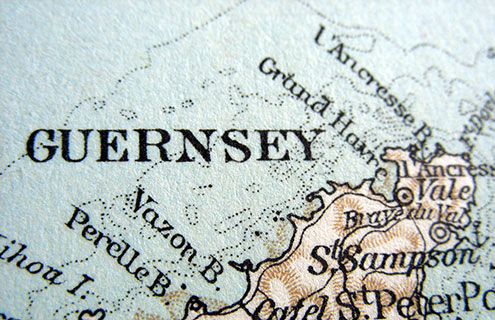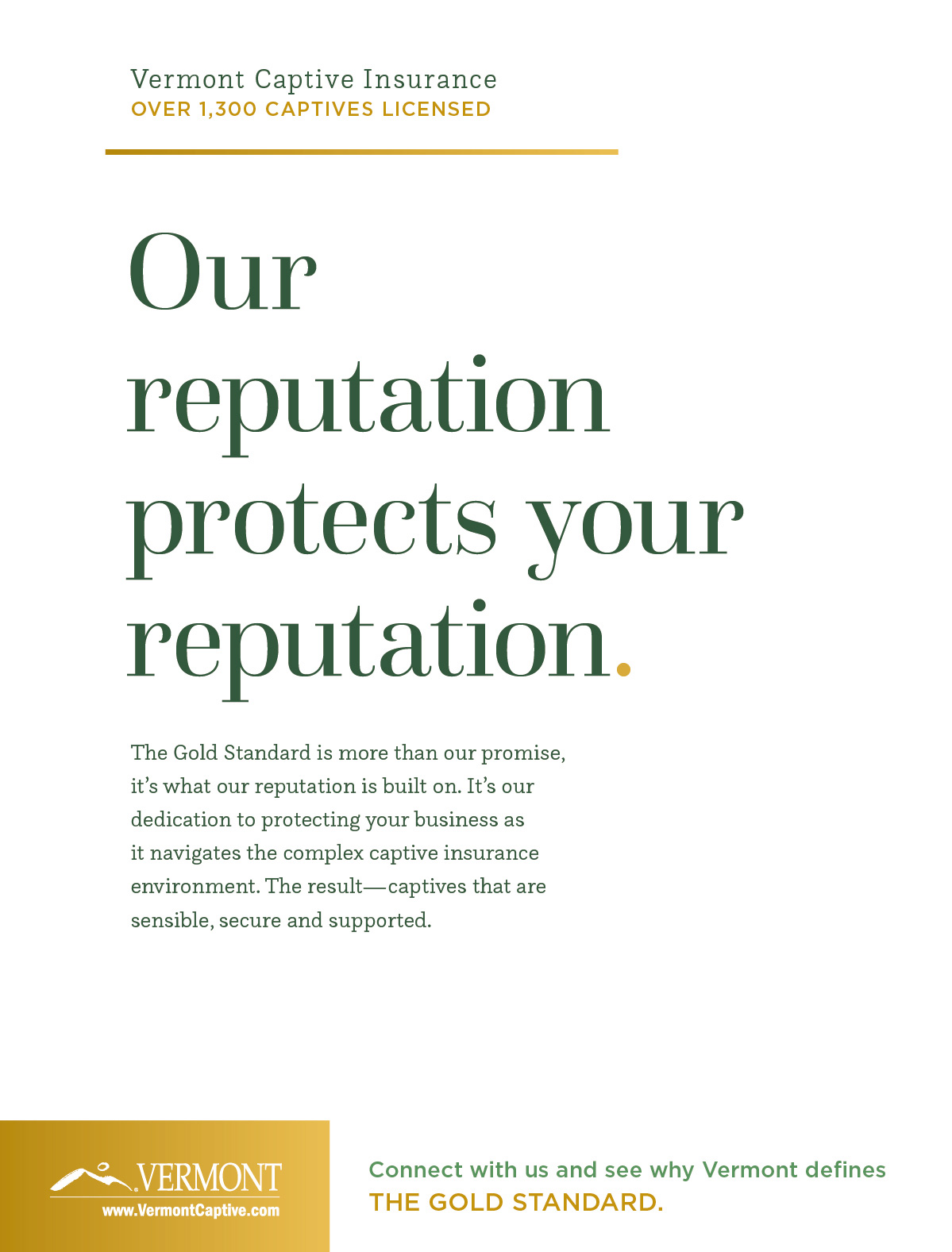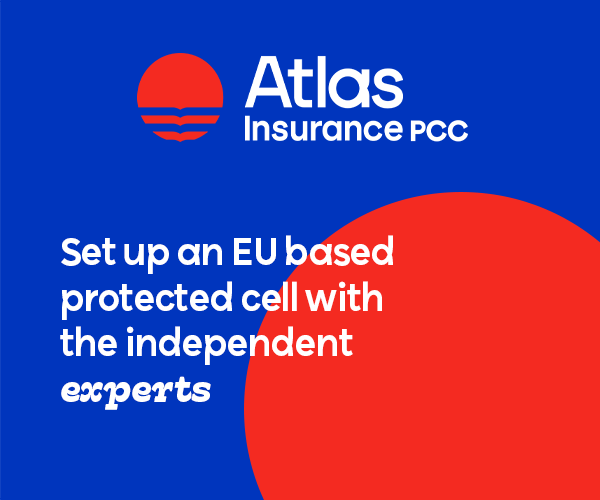Stuart King FR Global Advisors
How is Guernsey maintaining its position as Europe’s top dog? CIT asks two experts on the ground, who discuss competition, ILS and Solvency II
How is Guernsey maintaining its position as Europe’s top dog? CIT asks two experts on the ground, who discuss competition, ILS and Solvency II
Guernsey is the number one captive domicile in Europe. What has made it such a popular choice?
Gavin Parker: Guernsey has a reputation for quality and having the appropriate regulation in place. It has been seen by many as being ahead of the competition for having had the foresight to introduce insurance regulation many years ago and has managed to stay innovative in its approach to the captive sector. The introduction of protected cell companies (PCCs) and incorporated cell companies (ICCs) is a good example of this—they now represent the majority of new captive structures opened in the island.
Guernsey also has a huge range of insurance-related service providers including banks, advocates, accountants, auditors and actuaries, many of whom are industry-leading in their approach to the sector. When combined with an expert spread of sector-focused captive managers, Guernsey is on a very sure footing. Finally, being only a short flight from London ensures close communication and hands-on relationships with any providers that are based in the city.
Stuart King: In part it is attributable to Guernsey’s innovative approach to the financial services industry where its proximity to UK and lifestyle attracts high-calibre individuals. Of particular note is the creation of insurance PCC legislation (a natural progression from financial structures in existence at the time). The Guernsey Financial Services Authority has a strong desire to provide robust regulation yet remain pro-business, working closely with local industry bodies to continually promote Guernsey as a place to do business.
How do you think that Guernsey compares to leading domiciles such as the Cayman Islands and Bermuda?
King: In essence, very little actually differentiates them. It could be argued that some favour Bermuda with the concentration of insurance markets on island and underwriting skills available whereas others favour the proximity of Guernsey to the London market.
Parker: Guernsey is the fourth largest captive domicile in the world, and as such, it compares favourably with the Cayman Islands and Bermuda. The choice of domicile is decided following a feasibility study by the captive manager. There is a familiarity with the islands from a European perspective and the Guernsey footprint on the industry is and will be ever present. Guernsey offers ease of access to the dominant London insurance and reinsurance market, as it is in the same time zone and uses the same currency. Guernsey can easily service the City of London and mainland Europe due to great transport links.
The first half of 2013 saw Guernsey license a total of 46 insurance entities, including insurance linked securities. Why are insurers opting for the ILS structure?
Parker: With the insurance market being soft at the moment, there is limited value being generated from some of the structures being established. As such, reinsurers are less keen to hold these risks on their books. Conversely, there are a lot of external investors at the moment who are seeking returns that traditional markets are simply unable to reach. Looking at these two facts together, you have a great success story for both parties.
Forward thinking reinsurers are currently establishing structures that will offer external investors a chance to participate in some of the risk in these structures. Logistically, an investor will put up collateral into an account, which will either be returned with a premium at the end of the term or be utilised if a claim is issued under the structure. When you change that investor into a group of investors or a hedge fund, you have a very compelling argument to make this work and the returns can be significant.
King: You often have to look through the statistics to differentiate between wholly owned captives and cells within PCCs. This is important as cell structures are often used for very specific risks, which can often be short term in nature, whereas wholly owned captive formation typically has a longer lifecycle providing continued benefit to local economics. It is a challenge to strike the right balance of captive structure promotion as often Guernsey’s benefits (less capital required and ease of doing business) in comparison to other onshore domiciles is often insignificant, leading captive owners to establish in onshore domiciles, such as Vermont, Dublin and Luxembourg.
In terms of insurance linked securities (ILS) structures (many of which follow the principles of the funds industry), Guernsey is well positioned to benefit given its experience and skill sets available on Island.
From a capital management perspective, insurers favour ILS structures as underwriting risk is transformed to investment risk, which often has a positive impact to an insurers’ solvency positions. However, the increased activity in ILS arrangements is attributable to continuing low investment yields in traditional markets where fund managers are looking to new asset classes to offer clients improved returns (obviously with increased risk). Insurers are satisfied as they have the ability to transfer catastrophe risks off their balance sheets yet continue to offer their clients a full suite of underwriting cover—a “win-win” situation.
There is a move to attract more business from Asia and Latin America. What can Guernsey offer captives from these regions that other jurisdictions cannot?
King: The vast majority of Guernsey captive owners are UK corporates. Many are expanding their geographic footprints to emerging economies, which raises risk funding challenges, particularly as global insurance programmes become ever more complex. Guernsey is well positioned to assist captive owners in meeting these challenges.
Many countries are continuing their foreign direct investments in to Europe and beyond and are looking to well established and regulated jurisdictions to do business. While Guernsey (as a captive domicile) is perhaps limited in its ability to issue admitted paper directly to EU territories it nonetheless fares well, considering its continued drive to increase tax information exchange agreements, which aids the efficient flow of capital across international borders.
Again, the Guernsey financial services industry’s commitment to promoting Guernsey has seen its success in achieving OECD “white list” status.
Parker: Guernsey is a very mature captive domicile. The regulations are well established and proven and it has a very active promotional agency for the financial sector (Guernsey Finance) that exists to promote the captive and other Guernsey finance industries. Asian and Latin American clients will find an ease of process with regards to establishing captives in Guernsey and sophisticated teams throughout the islands in all service providers. Guernsey has a breadth of experience that many other locations do not have, and coupled with a forward thinking regulator and active insurance association (Guernsey International Insurance Association), the industry in Guernsey remains innovative and market-leading.
What is the most troubling issue facing the captive insurance industry at the moment?
Parker: The greatest challenge seen by many at the moment is the uncertainty around Solvency II. A lot of time has been spent by all parties trying to understand its implications. With Solvency II not being applicable to Guernsey, as it is not within the EU, the island has also sought not to seek equivalence at this time.
The other big issue for Guernsey is the soft nature of the market, which is pushing insurance premiums down, and with no claims, the costs reduce and so the need for a captive becomes more closely scrutinised by a parent company’s group treasurer.
This comes at a time when returns on cash held with banks are very low, influenced by the low reference rates, for example, the Bank of England base rate. Combining these two factors, some captive owners are questioning whether their captive is still viable or whether it is worth opting for direct insurance once again.
King: Guernsey, like many global captive domiciles, faces new captive formation challenges attributable in part to the continued availability of capital in the insurance markets and insurers’ willingness to accommodate more flexible policy terms and conditions. There is re-domiciling of captives, but overall the captive market is flat to moderately up.
That said, many existing captive owners (particularly those risk managers who suffered through hard markets for cover) are increasingly looking to their captive to enhance risk management efforts versus beating the market premium price. Increasingly, corporates are looking to their captives to capture profit by participating in consumer facing insurance as a means to build customer loyalty for their products.
In summary, while it can be considered a mature market, there is a significant amount of activity in captive owners analysing and seeking novel ways to utilise their captives (cyber, reputational risk, trade credit, etc). I believe the outlook for the captive management industry remains positive.
We are aware that Guernsey will not be seeking Solvency II equivalency, but how do you feel EU members will handle the change?
King: I think we have to stand back and consider the founding principle of Solvency II’s risk-based capital model approach, which makes complete sense. While reinsuring to non-equivalent undertakings currently has an effect on capital levels, I remain hopeful that commercial sense prevails, meaning that counterparty default risk will be judged on the financial strength of the captive and regulatory regime of the jurisdiction. Many non-Solvency II regimes adopt, or are in the process of adopting, IAIS principles and standards (a global move to a risk based capital adequacy). In effect, it’s an attempt to bring global harmonisation and clarity to the industry.
I believe Guernsey, having due care and attention, has taken the correct approach of committing to a position on Solvency II and communicating this to the international community. Unlike others who would be wise to do the same, as many captive owners just seek to know their position so as to plan accordingly. This is particularly relevant for captive owners in EU jurisdictions where the uncertainty has often caused capital funding challenges, particularly for firms seeking to release surplus equity from their captives but cannot due to previous Solvency II uncertainty.
Parker: As with any large change in any industry, there will be those who agree and embrace the decision, and those that do not. From a banking perspective, my outlook on this decision remains positive. For such a complex industry with so many jurisdictions participating, consumers need to be able to make choices made on differentials.
I feel the decision that Guernsey has taken is positive, as our position is clear, which enables clients existing and new to plan their insurance arrangements with a level of certainty.
In addition, Guernsey’s proactive approach to dealing with Solvency II again demonstrates its ability as a jurisdiction to understand, interpret and react to changes in the international regulatory environment for the benefit of our clients and the development of the captive sector on the island.





